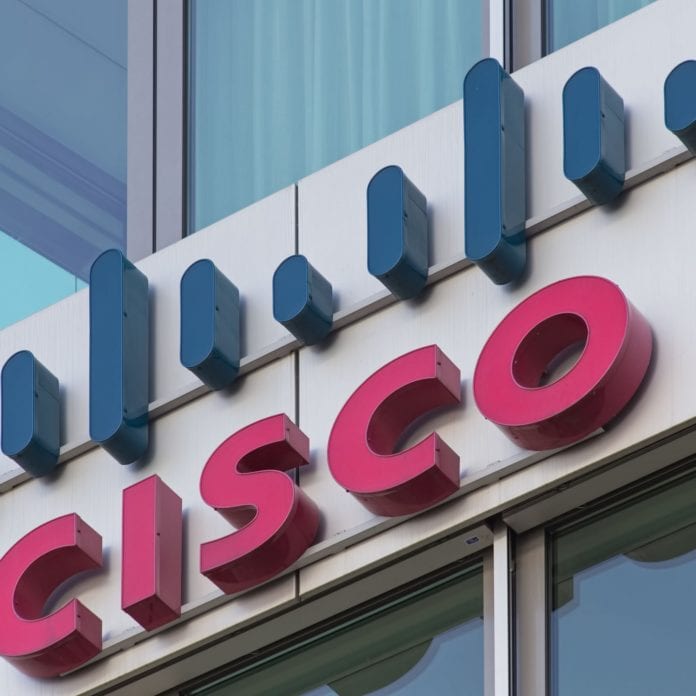Cisco Silicon One being used by hyperscalers to build AI/ML compute clusters
In what CEO Chuck Robbins called a “milestone year,” Cisco this week reported fourth quarter earnings of $15.2 billion, up 16% year-on-year. Software revenue was up 17% year-over-year and software subscription revenue was up 20% year-over-year. The bellwether tech company was up 11% to $57 billion for the full year in fiscal 2023.
“We remain focused on the following,” Robbins said during a reporting call. “First, growing market share in all key areas of our business. Second, driving innovation and extending our leadership by investing in significant new opportunities for growth in AI, cloud and security. Third, delivering long-term sustainable value creation for our stakeholders. And fourth, transforming our business model by growing recurring revenue.”
At the core of its approach to AI is Cisco Silicon One, a unified, programmable architecture around the company’s routing and switching silicon. As it relates to AI, Silicon One gives customers architectural options around standard Ethernet, telemetry assisted Ethernet or “fully scheduled fabrics.”
Robbins said the company has seen related orders around $500 million for hyperscale AI Ethernet deployments. “The acceleration of AI will fundamentally change our world and create new growth drivers for us…Cisco’s ASIC design and scalable fabric for AI position us very well to build out the infrastructure that hyperscalers and others need to build AI and ML clusters. This is a huge opportunity for Cisco, and we are laser-focused on leading and winning in this space.”
“Cisco is committed to helping our customers navigate this transition…to deliver on the full promise of this technology,” he said.

